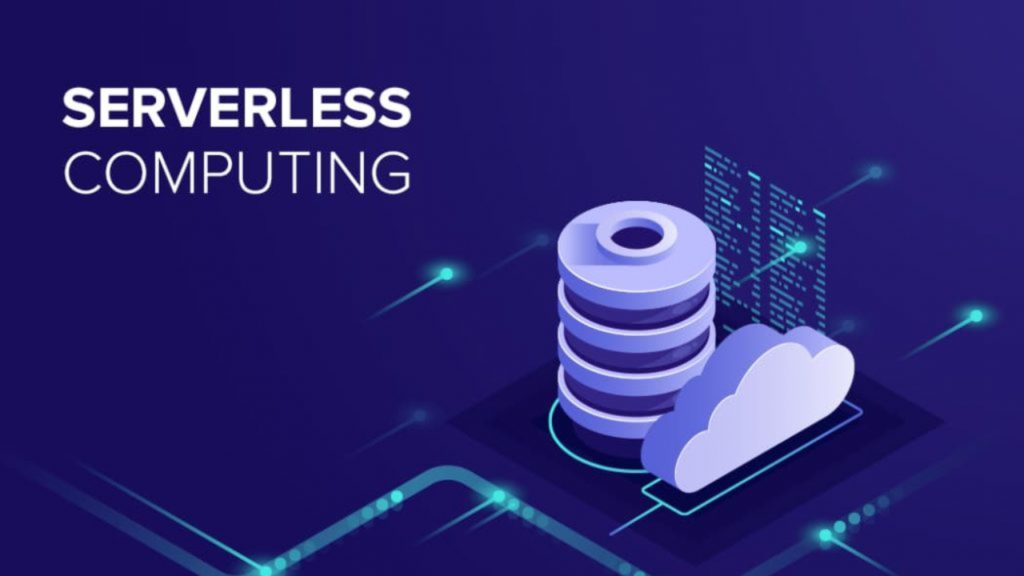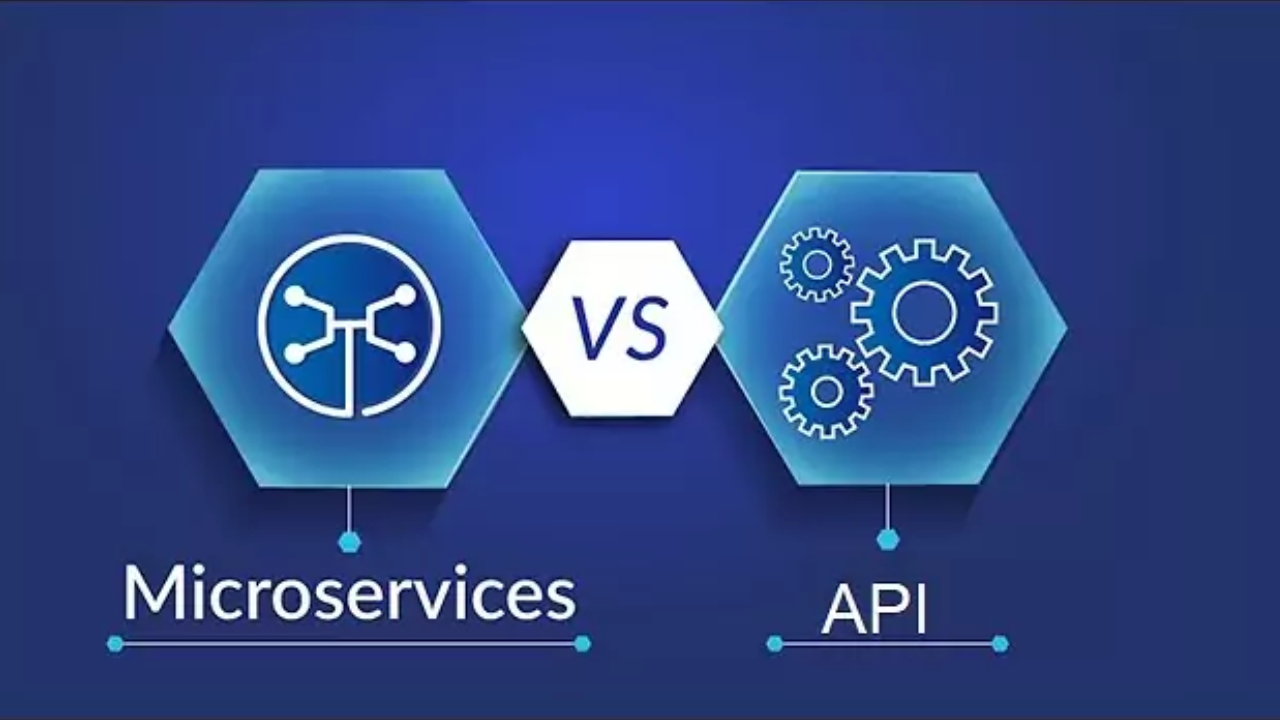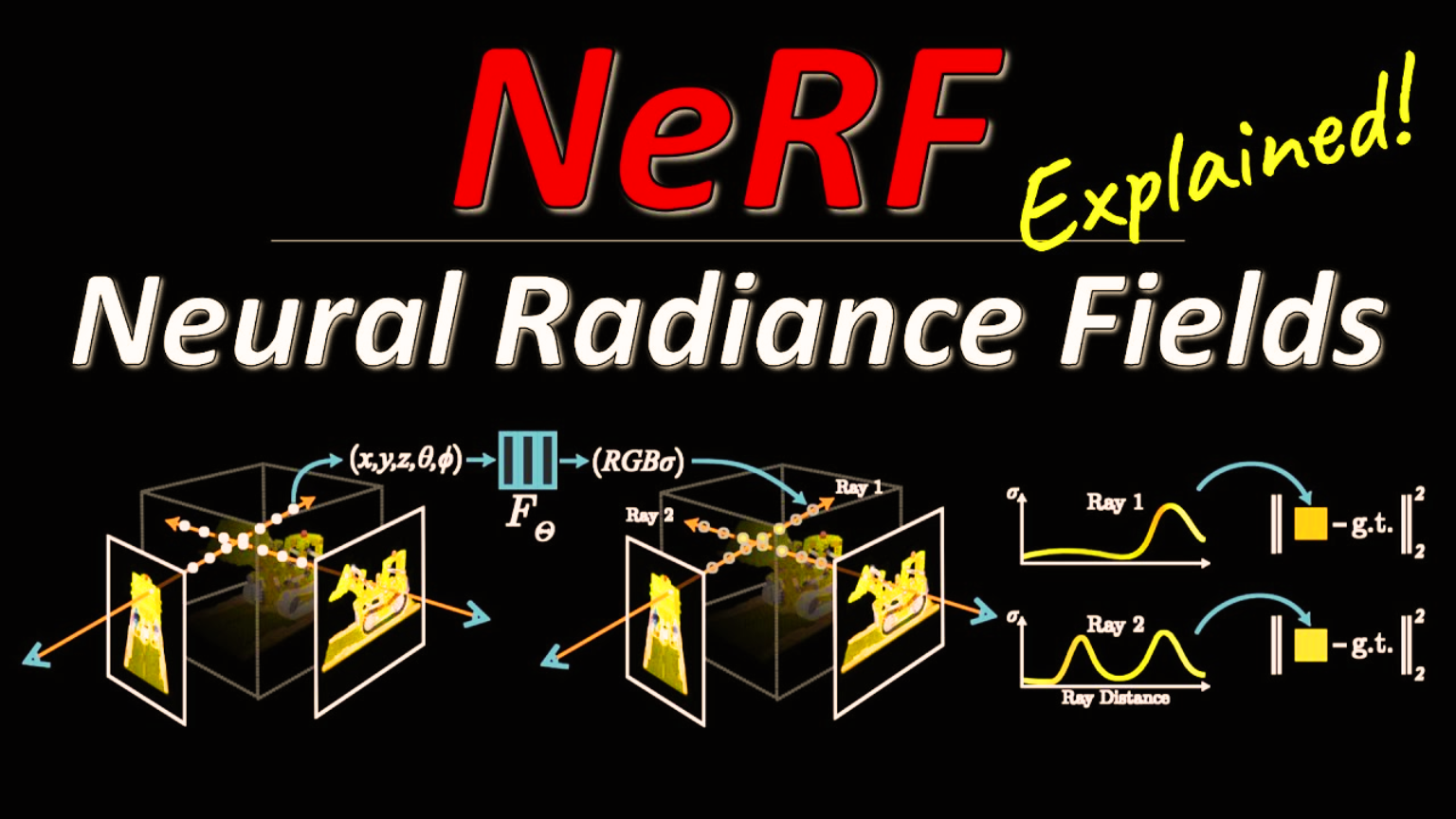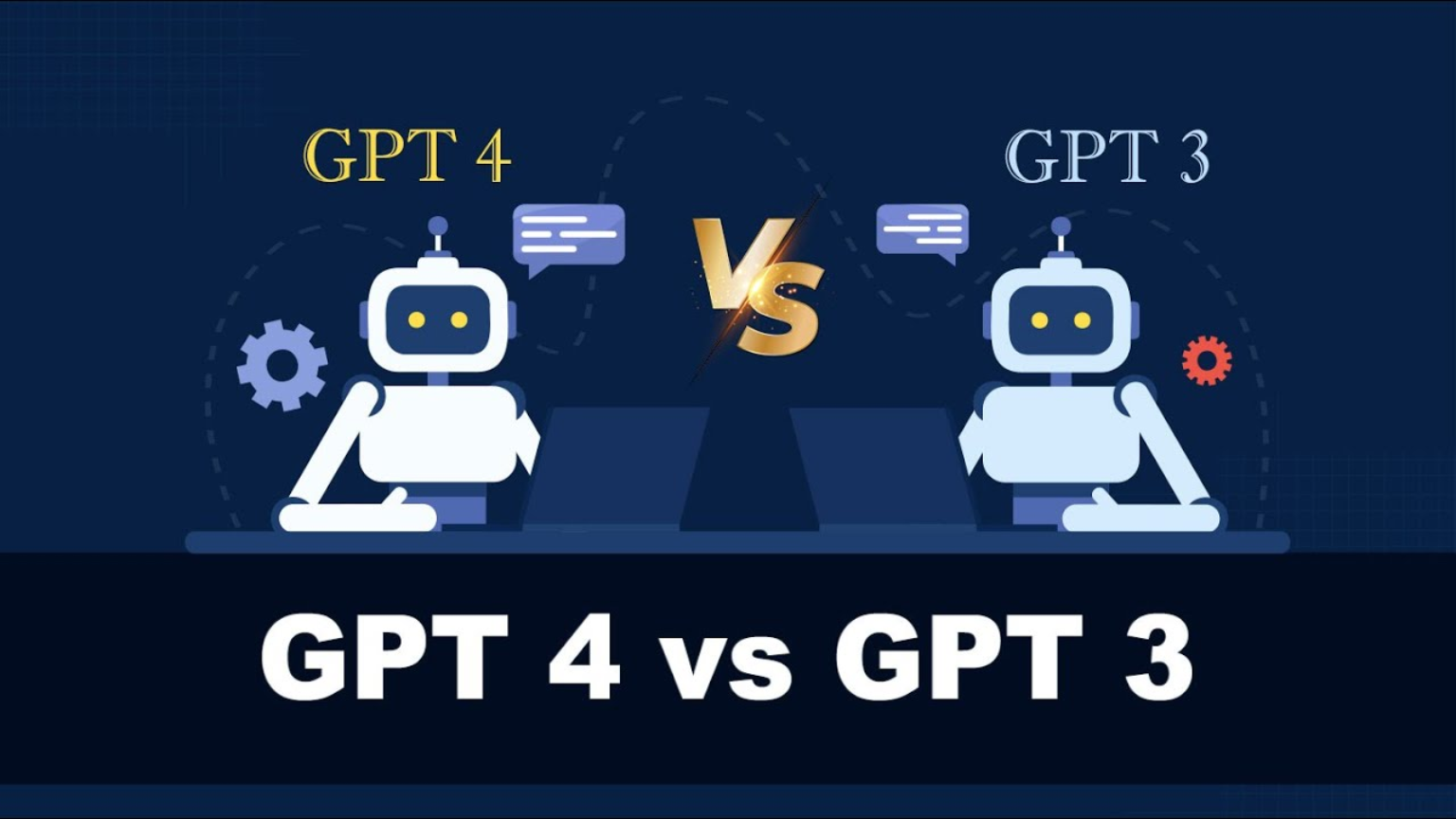As cloud computing continues to evolve, two of the most popular technologies that have emerged are serverless computing and containers. Both serverless and containers offer unique benefits and have their own set of use cases.
However, choosing between the two can be a daunting task for developers and businesses alike. In this blog, we will explore the differences and similarities between serverless vs containers, and help you make an informed decision on which technology to choose for your next project.
Whether you are a seasoned developer or just starting out, this blog will provide you with the insights you need to make the right choice for your application. So, let’s dive in and explore the world of serverless and containers!
What is Serverless?
Serverless computing is a form of cloud computing in which the cloud provider manages the server and resources needed to maintain the server. It was popularized by AWS Lambda, Amazon’s serverless offering. Every action performed on a serverless platform is independent, which enables independent management and scaling. Thus, serverless environments are highly compatible with microservices architectures as they provide the isolation and scaling properties that enable microservices. As microservices become the norm, more IT teams may turn to serverless computing as a solution.

What are Containers?
Containers are software packages that can house an application along with the tools and settings necessary to run the application. This grants developers the ability to build applications that can be easily shifted between server environments without disrupting its functionality. Containers are designed to function in isolation and to have the minimum resources needed to run an application. In essence, they operate similarly to a shipping container – multiple objects are packed into one shipping container for ease of transportation from one facility to another, a more efficient method than moving each individual object from one location to the next
Serverless Vs Containers – Differences
Here are five differences between serverless and containers:
1: Management Flexibility:
With containers, the user can have control of the container system, including how to allocate and manage resources. Although this comes with an added level of complexity, it gives users more flexibility in managing their applications. When going serverless, the user has to rely on how the vendor manages its servers and resources.
2. Code Run-time:
Containers allow for longer code runtimes, while serverless platforms will limit the amount of time a function can be deployed. AWS Lambda, for example, imposes a 900-second limit after which the function is aborted.
3. Vendor Flexibility:
Users can take advantage of offerings from different vendors when running containers, avoiding the risk of vendor lock-in. Conversely, serverless computing restricts the user to a single serverless platform.
4. Security:
Serverless functions are difficult to monitor, have a larger attack surface due to the increased number of events that can call the function, and rely on more third-party libraries, which enhance functionalities but are also vulnerable to attacks and require monitoring.
5. Application Use-case Variety:
Containers can support a wider variety of applications. Containers can handle stateful applications as platforms like Pivotal Container Service and Red Hat OpenShift support both stateless and stateful applications, providing persistent storage for containers such as databases for storing container state information. Developers are also able to utilize external storage tools which are mapped to the container and manage data outside of the container, allowing data to exist after the container terminates.
Serverless Vs Containers – Similarities
Here are five similarities between serverless and containers:
1. Scalability:
Both serverless and containers are highly scalable. Serverless computing is designed to scale automatically by the vendor, while containers can be scaled horizontally by adding more containers to the cluster.
2. Microservices:
Both serverless and containers are highly compatible with microservices architectures. Serverless environments are highly compatible with microservices architectures as they provide the isolation and scaling properties that enable microservices. Containers are designed to function in isolation and to have the minimum resources needed to run an application, making them ideal for microservices.
3. Stateless Applications:
Both serverless and containers are best suited for stateless applications since they do not have persistent storage and shut down after the applications are run.
4. Cost-Effective:
Both serverless and containers can be cost-effective. Serverless computing has a pay-as-you-go pricing structure that can help reduce costs, while containers can be run on commodity hardware, reducing the need for expensive infrastructure.
Kaggle vs Jupyter: Which One Suits Your Data Science Needs
5. Portability:
Both serverless and containers are highly portable. Containers are designed to be easily shifted between server environments without disrupting their functionality, while serverless functions are independent, which enables independent management and scaling.
Serverless Vs Containers – What to Choose?
The decision to use serverless or containers will depend on the specific needs of the application and the preferences of the development team. Serverless computing is more appropriate for more specialized use-cases and event-driven applications, whereas containers are better suited for general use-cases and purposes.
If the application requires longer code runtimes, vendor flexibility, or more control over the management of resources, containers may be the better choice. On the other hand, if the application is event-driven, requires automatic scaling, or has unpredictable traffic patterns, serverless computing may be the better choice.
In some cases, it may be beneficial to use both serverless and containers in combination. For example, a serverless function could be used to handle event-driven tasks, while a container could be used to run a stateful application. Ultimately, the choice between serverless and containers will depend on the specific needs of the application and the preferences of the development team.
Final Thoughts!
We hope that this blog has helped you gain a better understanding of the differences and similarities between serverless computing and containers. While both technologies have their own unique benefits, the choice between the two ultimately depends on the specific needs of your application and the preferences of your development team.
As cloud computing continues to evolve, it’s important to stay up-to-date with the latest trends and technologies. Whether you choose serverless or containers, the key is to choose a technology that can help you achieve your business goals and deliver value to your customers.
We also hope that this blog has provided you with the insights you need to make an informed decision on which technology to choose for your next project. If you have any questions or comments, please feel free to reach out to us. Thank you for reading, and happy cloud computing!

















